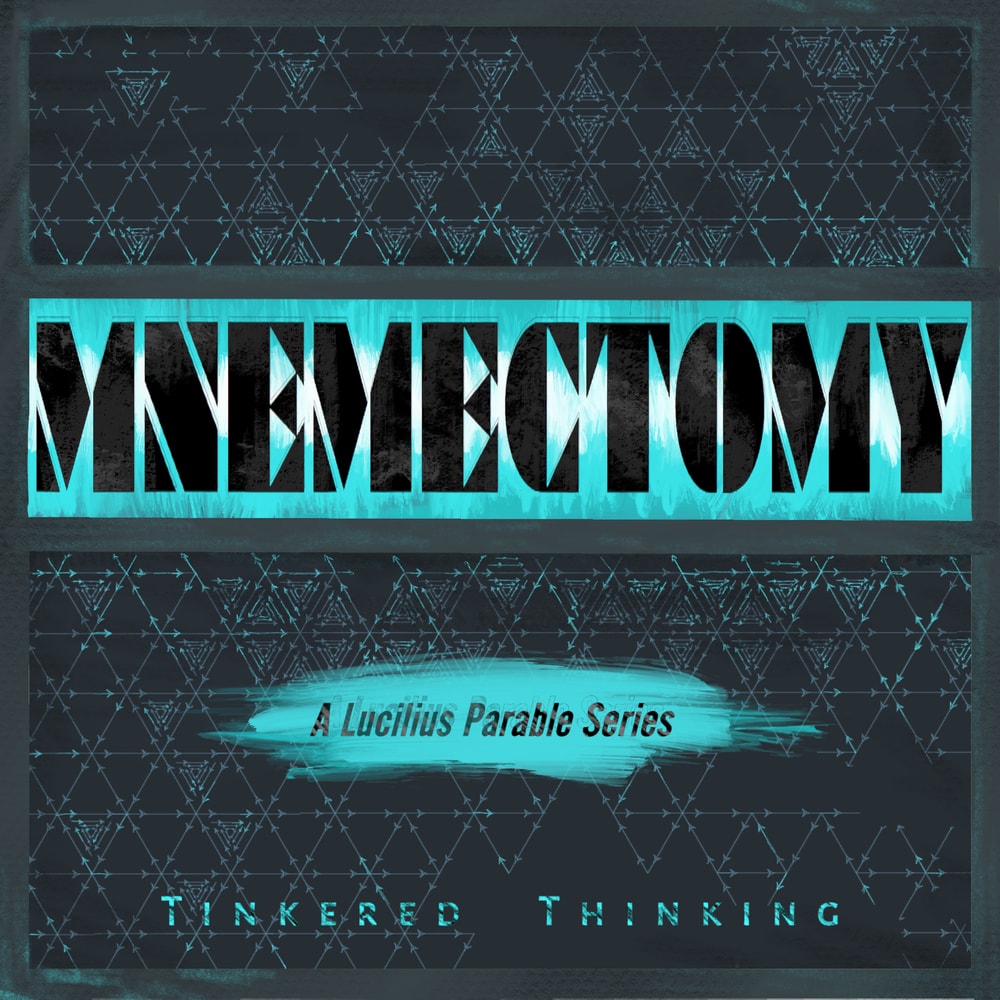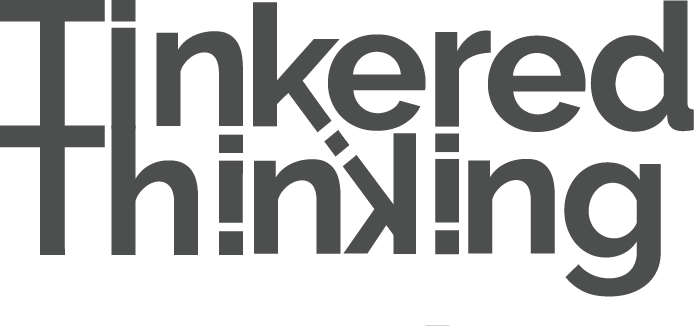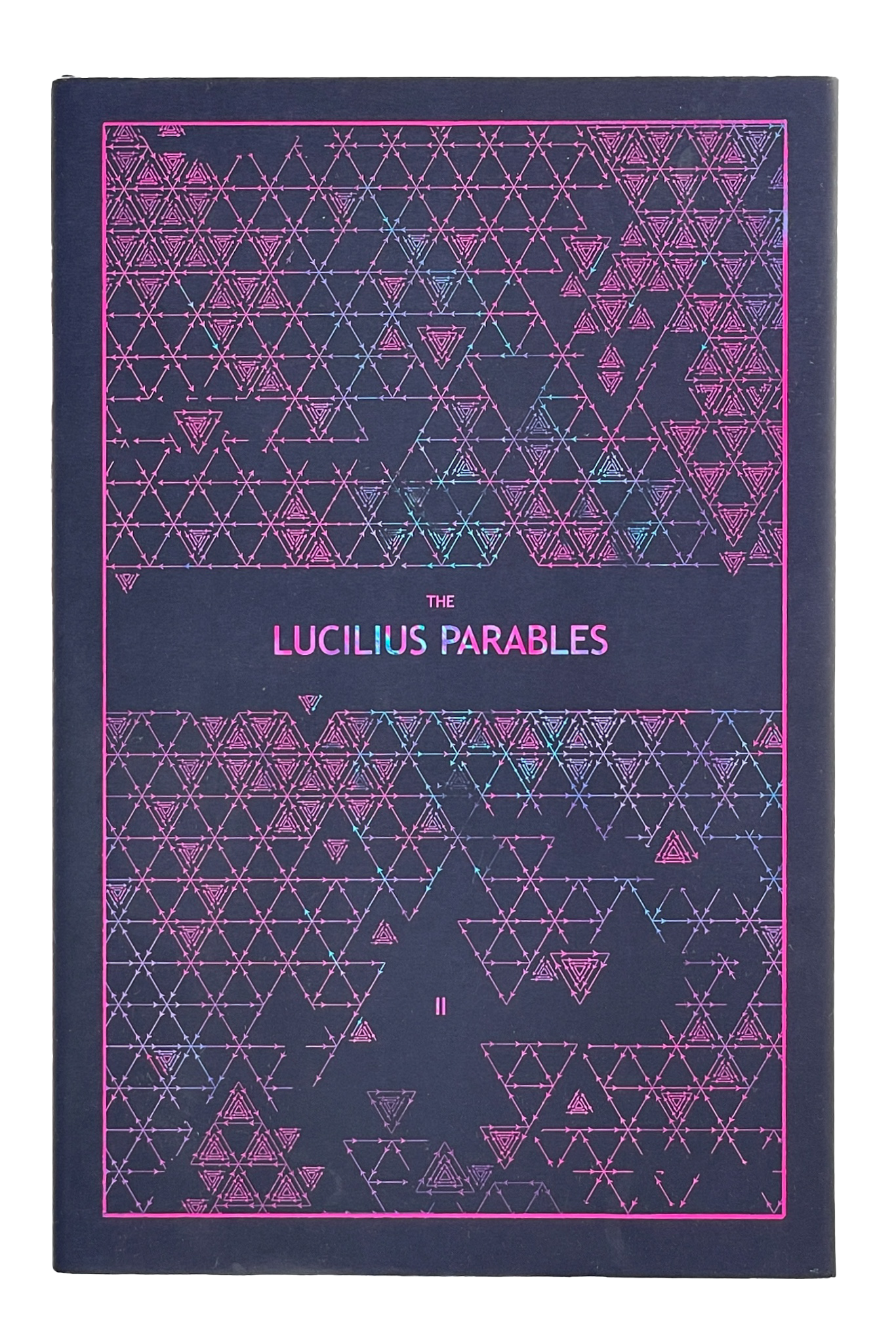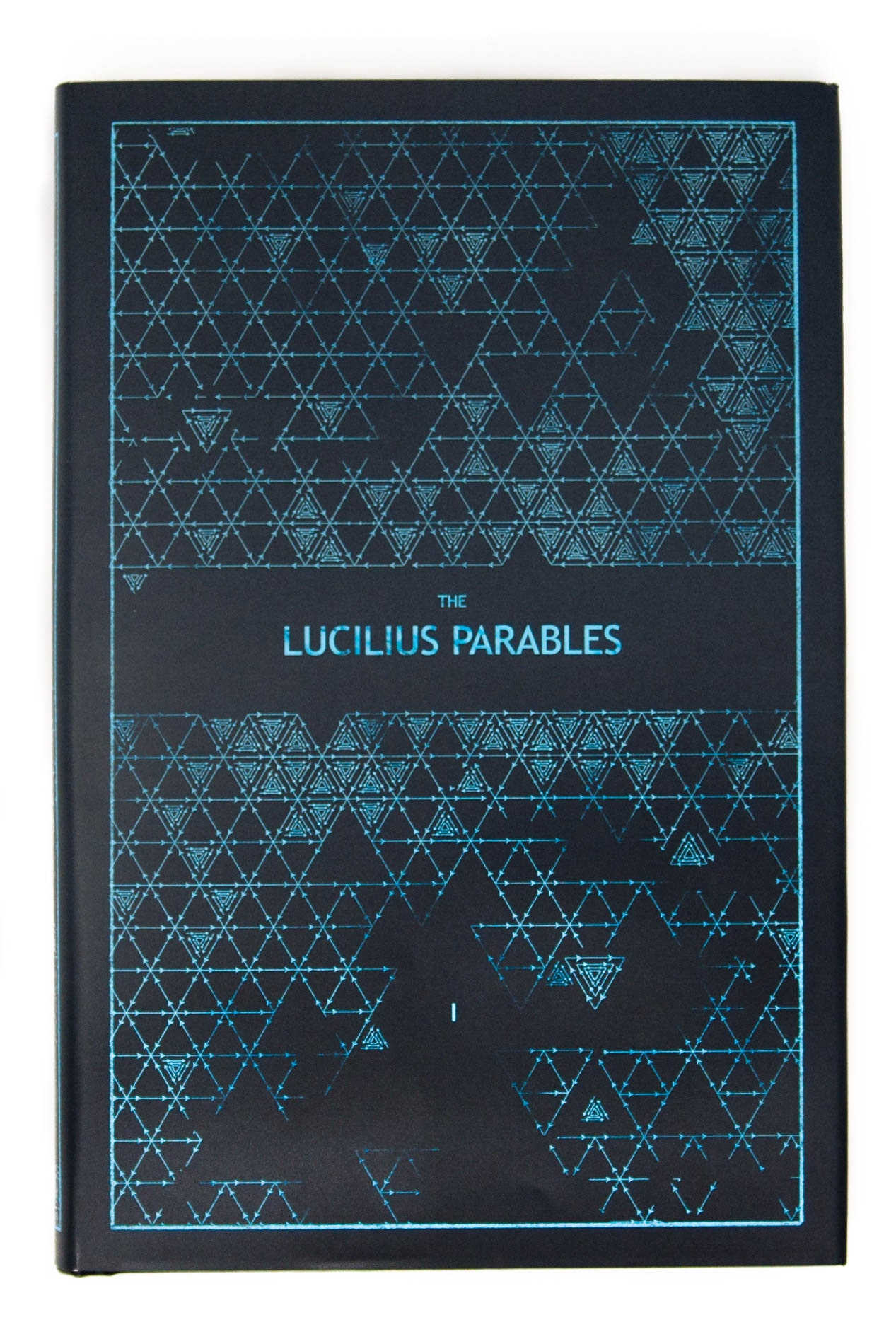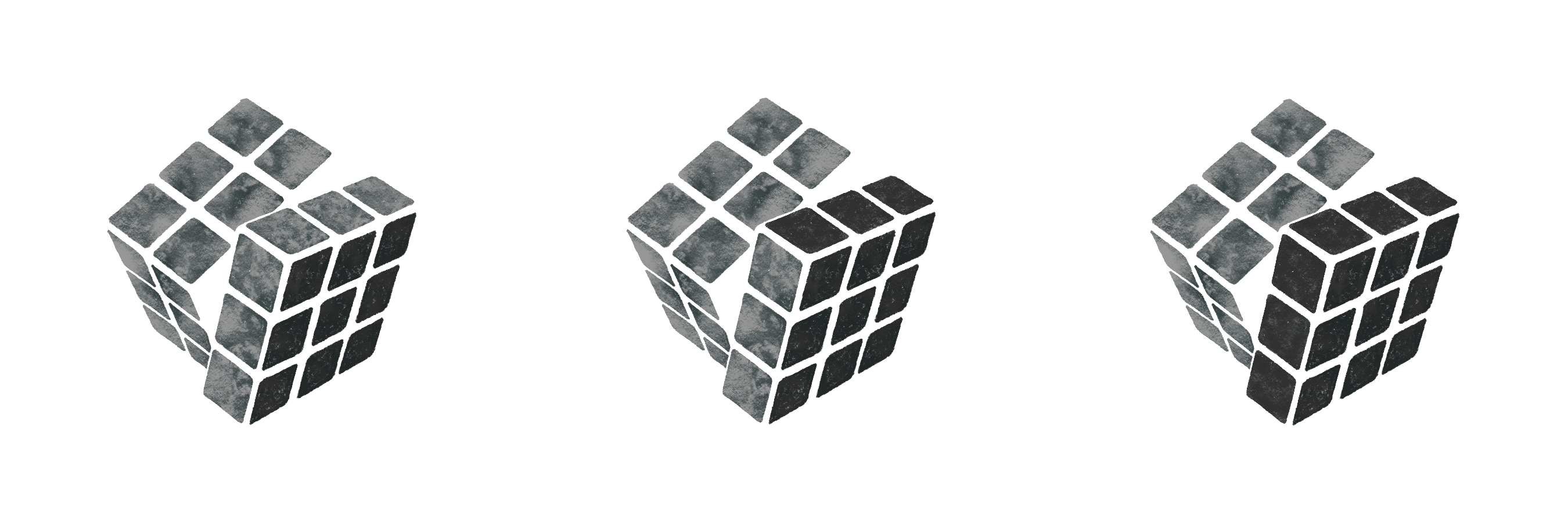Daily, snackable writings to spur changes in thinking.
Building a blueprint for a better brain by tinkering with the code.
subscribe
rss Feeds
SPIN CHESS
A Chess app from Tinkered Thinking featuring a variant of chess that bridges all skill levels!
REPAUSE
A meditation app is forthcoming. Stay Tuned.
IATROGENIC GOAL
April 17th, 2020
We believe that setting a goal is a good thing. It gives us something concrete to move towards, a scope to dissect, deconstruct and tackle in pieces. At it’s most quaint, we might even be able to ascertain a progress bar for how close we are and how on track we are to finishing.
The trade off of such usual goal-setting is that it can cap possibility. If goals are not somewhat ridiculous in measure of one’s current abilities, then the task is at risk of being tedious. Furthermore, with goals set far above our abilities, we’re not only guaranteed to grow in order to reach for such goals, but such discoveries along the way allow for greater goals to be imagined.
If, on your way to the top of the mountain, you find you have to slay a dragon who blocks your way, then far more than climbing mountains is in your purview if you make it all the way through.
But even with undiscovered tools getting picked up on the way to audacious goals, such goals still ascribe a border, a limit.
Notice the difference between: ‘My goal is to make a million dollars’ and ‘I want to make as much money as possible.’
A million dollars is perhaps tiny compared to the second, and both are limited to the small scope of simply making money.
There is an asymmetrical tradeoff with specificity and achieving a goal. The most specific a goal is, the more straight forward it is to tackle and accomplish. But the more specific a goal is, the more likely we are to limit the scope of what we might realize is possible as we go about making that goal a reality, all the while failing to imagine a greater reality that could be drawn up.
Simply put:
Don’t let your dreams limit you, so don’t limit your dreams.
TRIANGULATE
April 16th, 2020
It’s one thing to see a teacher do something and then just repeat the exact same thing. But this is just an instance of monkey see, monkey do. It often requires no understanding to mimic. It’s quite another to see a teacher do something and immediately apply it to a novel case.
The best teachers attack this lack of understanding in the student by demonstrating how something works in different contexts. But even with this, a student might not understand, and merely have the ability to mimic three different things.
We only really learn by doing, and more importantly, we can’t prove to ourselves that we understand until we see that skill or technique or process applied anew.
Attempting to apply something in a new way is the fastest way to figure out just what you do and don’t understand about a topic. We test the mind’s talk by walking.
Again, however, getting something to work in a novel way might just be luck. We’ve all had the experience say with some app, or program, or tool, or toy when it seems to work the first time, but then when we show it off to a friend or try to teach another, suddenly it doesn’t work in the same way.
Just as the good teacher tries to display the lesson in a few different ways, the good student fools around with the idea, flexing and stretching it like a new muscle to see if it responds correctly.
SENSE-TELLING
April 15th, 2020
If our original reason for moving forward does not fit into our narrative as we look back, we often forget how we got going in the first place.
We make sense of our current situation by means of stringing together altered memories in a way that makes a good story. Many of us are often just reacting to present emotions, and our choices based on this somewhat haphazard direction is what guides are life – but no one looks back on their past with a lazy wave of the hand and admits that it was all kind of random and there wasn’t much thoughtful consideration about what to do. Virtually no one is so honest with themselves on this point, and a person with that sort of awareness more likely makes a wiser choice in those moments than kowtowing to a petty and fleeting emotion.
Our mistake is that we conflate storytelling and sense-making. Creating a story out of the raw material of memory does not necessarily mean that we’ve somehow gained any insight into who we are or how we might change. The story of our past functions more as a salve against uncertainty. We tell ourselves a story of who we are and how we got here as a means to give ourselves a sense of agency.
Real agency, however, resides in admitting the lack of coherence in our past decisions and reactions. By seeing clearly how we differ from the story we like to tell ourselves about who we are, that is where real insight lies.
Sense-making exists between storytelling and reality.
Recognizing the discrepancy allows a person the chance to change, and therefore bend reality closer to the story, and likewise, by doing so, the story such a person now spins is also closer to reality.
WALLS AND DOORS
April 14th, 2020
A closed door you are unwilling to open is as good as a wall that bars you from any opportunity that might exist on the other side. A room lined with closed doors is a prison cell for the individual who is too afraid to open any of them.
What really is the difference between a wall and a door?
The difference, of course is that one can move, and the other does not.
We can draw an analogy between this wall/door difference and the way we think and speak. There are certain constructions of thought and speech that are rigid, and others that not only flex and hinge, but crack open a store of possibilities.
Statements are those certain rigid constructions. The etymology betrays the fact. Statement, deriving from state, goes all the way back to the Proto-indo-European root sta-, meaning ‘to stand, make or be firm.” A statement, is the wall of language and thought. And just as walls are meant to keep the outside world, out, thought and language composed of statements likewise is self-designed to keep out new ideas, concepts and even data and facts. In this way, our minds wall themselves in until not only is there no way for anything new to get in, but even more frightening, there’s no way to get out.
Where is the door in our thought and language? How do we open walls and welcome in new information and permit ourselves the ability to gaze out upon the world? Such construction, would not only need to be flexible, but somewhat open-ended, would it not? Is there anything better to invite and incite new little clues from reality than to ask a question?
What better tool is there than a good question for blowing holes in the walls of our mind? We’ve all had that experience when a friend, or loved one, or even a stranger asks a question that seems to open a part of our mind, letting our old stuffy thoughts drain out, making space for a slew of new wondering.
Best of all we can generate these questions ourselves. Like an inmate trapped in a prison cell who imagines a bazooka, and upon opening their eyes find the weapon in hand and points it at the wall.
We all have this ability, the question remains, are you going to keep fortifying the walls of your mind, or are you going to pull the trigger?
BEAUTY AND ACCURACY?
April 13th, 2020
Humans are the species of stories. We live by the narratives we tell ourselves. We look back on a happenstance of past events and actions and choices and we weave a fictional thread through these memories so as to link them up to the present in a way that makes some sense. Rarely is it the best sense. Not only is it clear that our memories are terribly flawed and inaccurate, but they chance over time in accordance to the way our opinions and beliefs change.
We are constantly trying to create a thing of beauty as opposed to something accurate. The problem with this picture is that it ill-equips us for venturing into the future on the hunt for new goals. We cannot romanticize the future in the same way that we do the past. Well, we certainly can, but such a navigational system is far less likely to land us in front of our goals.
Accuracy requires a willingness to abandon the pretty picture. Of both the past and the future. How we got to where we are is not the story we like to tell ourselves about the past. Nor is our plan to succeed an accurate path to actually achieving success. A plan might feel great and seem beautiful, but without a willingness to abandon that pretty picture at the first sign that it doesn’t map on to reality very well, we create a widening gulf between our path and the success we dream of.
Beauty and accuracy are at odds in this respect, and it’s counter intuitive to think that what isn’t beautiful will work better, but this is how the path of progress looks. It is a chaotic dance of pivots that appears to have no rhythm nor rhyme. It makes sense only in the drive it has for a particular direction, no matter how winding the path be to circumvent obstacles.
-compressed.jpg)
